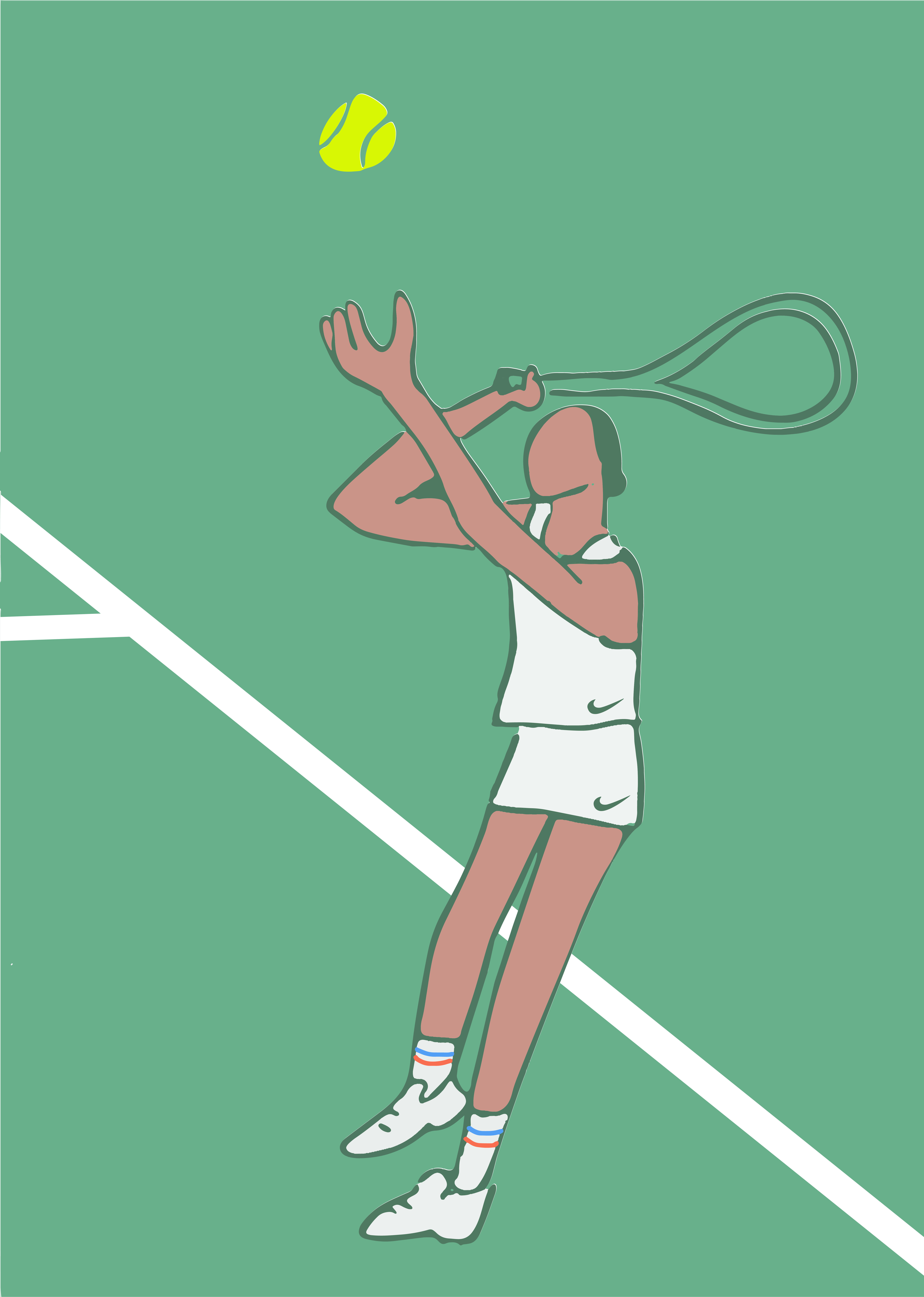The ATP and WTA should offer great shows this year, especially at Grand Slam tournaments
After a short offseason of just over a month, tennis is back in the Association of Tennis Professionals (ATP) and Women’s Tennis Association (WTA). Some small tournaments were played in January, but it’s with the just concluded ATP Cup, and the now underway Australian Open — the first Grand Slam of the season — that tennis fans can really feel like their favourite sport is back.
Except for the travel involved, tennis is one of few sports with limited contact, which helped the ATP and WTA run almost as normal these past few months. In order to avoid the spread of COVID-19, adaptations for this season include things such as quarantines for players when arriving in the country of a tournament, and possible limitation rules on the number of staff ― coaches and fitness trainers, for example ― they can bring with them on site.
Compared to last year, the ATP Cup and Australian Open were pushed by two weeks, asking players to quarantine themselves for 14 days prior to the ATP Cup and the Grand Slam. Most tournaments are currently planned to be played this year, but we might see dates vary depending on the circumstances.
ATP
All eyes will be on the Big Three for the 2021 season. World number one Novak Djokovic will look to pursue his domination at the ATP. Djokovic has been leading the ATP rankings since 2019, and has been accumulating wins and titles at an impressive speed these past years. He’ll be a threat at the Australian Open, where he’s won eight of his 17 Grand Slam titles.
Rafael Nadal, who leads the men’s list with Roger Federer for most Grand Slam victories with 20, could perhaps rewrite history at the 2021 edition of Roland-Garros. Nadal has won 13 Roland-Garros titles, winning 100 of his 102 matches there.
Federer, who will turn 40 this season, announced to a Swiss radio broadcast that he will return to action in March, at the Qatar ExxonMobil Open in Doha. Federer has undergone two right knee surgeries since February 2020 and hasn’t played since late January of that year.
This could be his last season. Federer will definitely look at Wimbledon as his last chance to add a 21st Grand Slam to his collection, if that’s the case, as he’s won eight times there.
This season should be a promising one for rising star Jannik Sinner. Currently ranked 32nd in the world, Sinner won his first ATP title last year. He began 2019 ranked 553rd, and was already 78th in January 2020. At age 19, Sinner already has wins against top 10 players like Stéfanos Tsitsipás and Alexander Zverev.
WTA
Canadian star Bianca Andreescu is set to make her return to action at the Australian Open. Andreescu hasn’t participated in any tournament since October 2019. Having dominated the summer of 2019 with three titles, including the Rogers Cup in Toronto and the U.S. Open — her first Grand Slam and the first Canadian player to win one — Andreescu is now considered one of the best in the WTA.
Compared to ATP tournaments, things are much more unpredictable for women. Both Grand Slam and smaller tournaments offer surprises and impressive results all the time. In the three Grand Slam tournaments played last year, there were two first-time winners, including 19-year-old Iga Świątek, winning her first WTA title ever with a triumph at Roland-Garros.
Sofia Kenin is the other player who won her first major title last year. Ranked 4th in the world already, Kenin could be the next superstar on the women’s side. She not only has talent, but also character on and off the court, which is what the WTA might need with legend and 23-time Grand Slam champion Serena Williams near retirement.
Graphic by Lily Cowper
